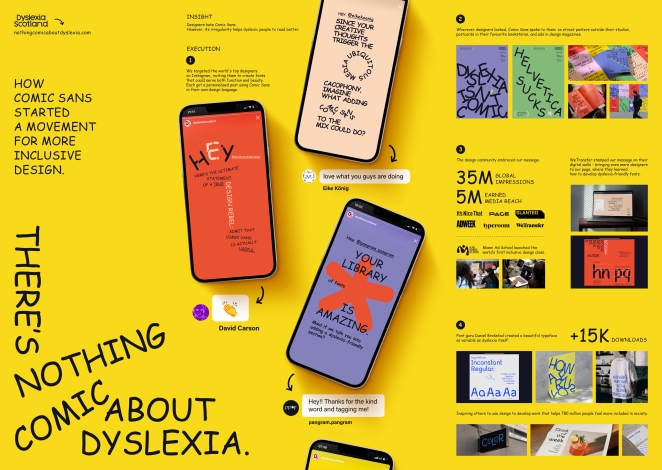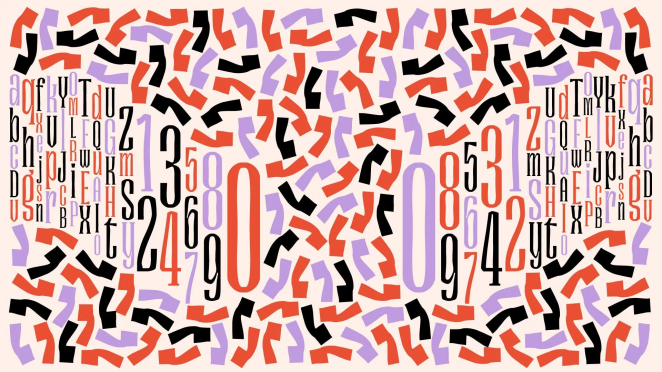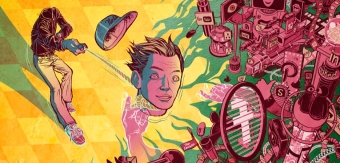The topic of accessibility has been gaining increasing prominence in the design industry over the last few years, particularly in the wake of the pandemic. However, while the sector appears to be reevaluating the real-world consequences of its decisions, there are still significant barriers to overcome.
Non-inclusive design practices have pervasive effects, from documented accessibility errors on websites to the detrimental impact of gender bias in car product design.
Underrepresented identities and lived experiences continue to be excluded from the design process, limiting progress towards a more inclusive future. However, there are organisations, such as Trifle and Project Inkblot, that are working tirelessly to embed inclusion into design and push the industry forward.
The Meaning of Inclusive Design
Designing inclusively encompasses a broad range of definitions, varying depending on the project, context, and conversation. Accessible design aims to create products and services that cater to individuals with a range of physical access needs.
Inclusive design expands upon this definition by considering the diverse needs of users with varying physical, mental, and cognitive requirements, as well as their intersectional identities and vulnerable contexts. Project Inkblot emphasises the importance of designing with excluded individuals, highlighting the inseparable link between inclusion and accessibility.
Approaches to Inclusive Design
Multiple tools and resources have been developed to assist in designing inclusively. Some focus on addressing unconscious bias, like Cards for Humanity, which prompts designers to consider different perspectives.

Nothing Comic About Dyslexia
Specific considerations, such as readability and accessibility for individuals with dyslexia, are covered in resources like Nothing Comic About Dyslexia. However, these tools do not provide definitive answers to inclusive design. Project Inkblot argues that practices, not tools, are needed to achieve an accessible future. They emphasise the importance of workshops and education programs that foster lasting shifts in mindsets and behaviours.
Shifting Mindsets and Practices
A crucial aspect of inclusive design is a shift in mindset. The dominant defaults, which favour privileged groups and penalise marginalized ones, act as a significant barrier to transformative change.
Breaking away from standard practices requires a set of critical inquiries. The first question focuses on self-awareness: understanding one's own lenses, lived experiences, beliefs, and biases. The second question examines the necessity of the design solution itself, considering potential harms or unintended consequences. The third question emphasizes the importance of designing with individuals, rather than for them, ensuring their involvement in the design process.
The Role of Collaboration and Representation
Collaborating directly with historically excluded voices is crucial for achieving an inclusive future, yet it remains an underrepresented practice. Organisations like Trifle Studio and Intoart are working to bridge this gap, highlighting the importance of including individuals with learning disabilities in commercial design commissions.
Trifle Studio prioritises a person-cantered approach, basing projects on the needs, priorities, and interests of their creative team. Achieving a more inclusive design future requires clients and collaborators to ask questions, learn about different perspectives, and understand the unique approaches and work methods of inclusive studios.
Design Choices and Aesthetics
Design choices solely driven by aesthetics can impede progress towards an inclusive future. Prioritising personalisation and contextual intelligence allows for inclusivity in product design, as demonstrated by Google's search results. Designers have a responsibility to consider accessibility and challenge traditional notions of beauty.

Beatrice Caciotti's Bumpy Typeface
Projects such as Beatrice Caciotti's Bumpy Typeface encourage designers to rethink their choices and address non-inclusive practices. By interrogating existing systems, designers can create a more inclusive future that benefits everyone.
Defining a Truly Accessible Future
Designing inclusively requires a concerted effort to break down barriers, shift mindsets, and prioritise marginalised voices. It involves considering diverse physical, mental, and cognitive needs, as well as intersectional identities and vulnerable contexts. Inclusive design cannot be achieved through a singular solution or tool but requires ongoing practices that challenge dominant defaults.
Collaboration with historically excluded individuals and communities is essential for progress. By reevaluating design choices and challenging traditional aesthetics, designers can create a more inclusive future that benefits everyone. Achieving a truly accessible design future is a collective responsibility that requires constant reflection, learning, improvement and, most of all, empathy.






